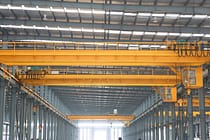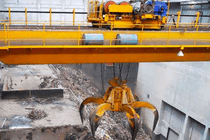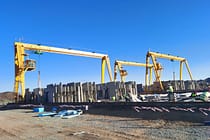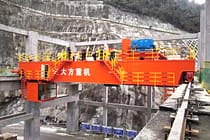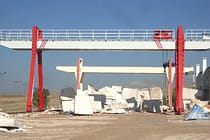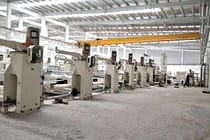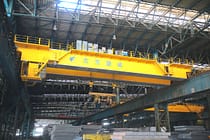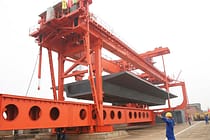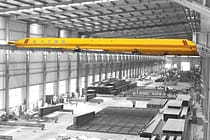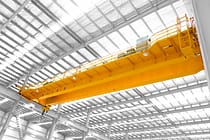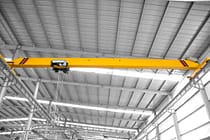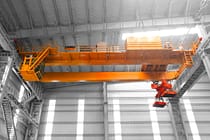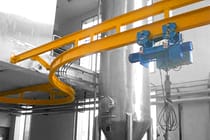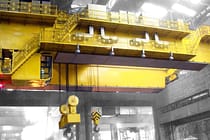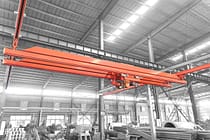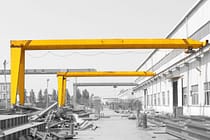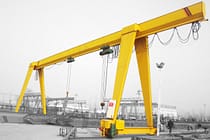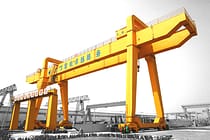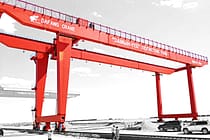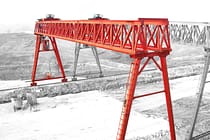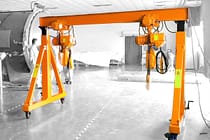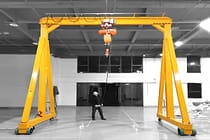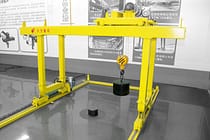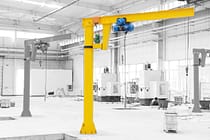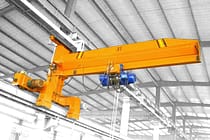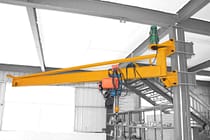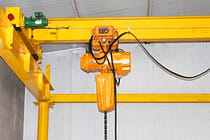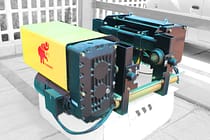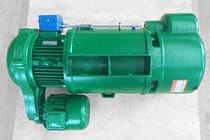How to Calculate Bridge Crane Wheel Load
Bridge cranes are a common lifting tool in many industries today and it is important to ensure that they operate within their safe load limits. A key aspect of this is the calculation of the crane’s wheel loads. Wheel load refers to the weight that each wheel on the crane must support, including the weight of the crane itself, any additional loads, and the weight of the supporting structure. Calculating bridge crane wheel loads is crucial because overloading a crane can lead to damage to crane components and even accidents that endanger personnel and equipment. In this article, we will discuss what bridge crane wheel load is, how to calculate it, and why it’s important.
Understanding Bridge Crane Wheel Load
The bridge crane wheel load is the weight that each wheel on the crane can carry. It is determined by the manufacturer and is based on many factors, including the size and type of crane, the number of wheels, and the intended use of the crane. Exceeding the wheel load capacity can cause structural damage, equipment failure, and even serious injury or death.
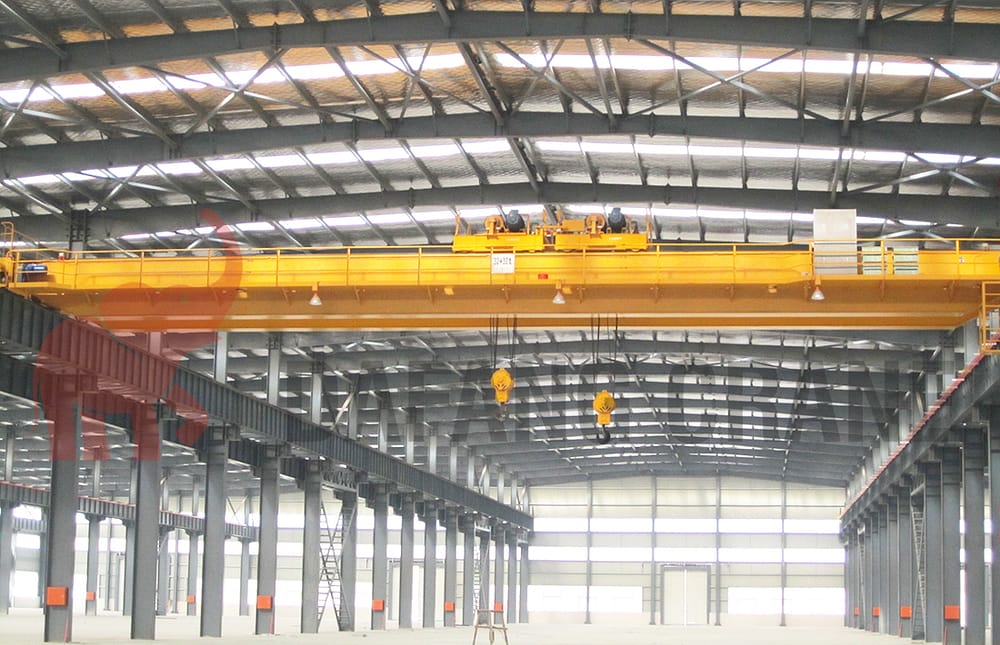
Why Bridge Crane Wheel Load Calculation Is Important
One of the main reasons for calculating EOT crane wheel loads is to ensure that the crane is operating within its specified capacity. Each crane has a maximum load capacity and exceeding this can lead to accidents. Calculating bridge crane wheel loads helps to determine the weight distribution on each wheel and ensures that the crane is not overloaded. Overloading a bridge crane can cause serious damage to the machine or, worse still, it can lead to catastrophic accidents such as structural failure, tipping or falling loads.
Another reason why it is important to calculate the wheel load of an EOT crane is to ensure that the supporting structure can handle that load. The weight of the wheels is transferred to the rails, which in turn transfer the load to the supporting structure. If the weight is not distributed evenly, the crane could damage the track or even the support structure. This can pose a safety risk to workers, as well as cause downtime and repair costs.
Calculating bridge crane wheel loads also helps to prevent unnecessary wear and tear on crane components. Wheels, bearings and gearboxes are subjected to a great deal of stress and strain during operation. Distributing the weight evenly over the wheels reduces the strain on each component, reducing the likelihood of failure and extending the life of the crane.
Calculating Bridge Crane Wheel Load
Bridge crane wheel load includes the maximum wheel load and minimum wheel load. The maximum crane wheel load is the wheel load of a large car wheel at the limit position of a fully-loaded car near the end beam, and the minimum wheel load is the wheel load of a large car wheel at one end of the span of when the car is unloaded in the middle of the span.
Maximum wheel load (full load)=(G-G1)/n+(Q+G1+G2)*(L-L1)/2*L
Minimum wheel load (full load)=(G-G1)/n+(Q+G1+G2)*L1/2*L
Maximum wheel load (no load)=(G-G1)/n+(G1+G2)*(L-L1)/2*L
Minimum wheel load (no load)=(G-G1)/n+(G1+G2)*L1/2*L
G=Gross crane weight (including trolley)
G1=Trolley weight
G2 = spreader weight
Q=load weight
L = span
n = number of wheels on the crane
L1 = minimum distance from hook centreline to end beam centreline
Factors Affecting Bridge Crane Wheel Load
Weight Of The Load
One of the most significant factors affecting bridge crane wheel load is the weight of the load being lifted. As the weight of the load increases, so does the wheel load. This can cause excessive stress on the crane’s components, potentially leading to equipment failure or safety hazards. It is crucial to know the weight of the load before attempting to lift it with a bridge crane and ensure that the crane has the appropriate weight capacity to handle it safely.
Crane Span
The span of the crane, or the distance between the wheels, also affects the wheel load. Wider spans require more support to maintain stability and balance, resulting in higher wheel loads. Conversely, narrower spans have lower wheel loads. It is important to choose a crane with the appropriate span for your lifting needs to ensure safe and efficient operation.
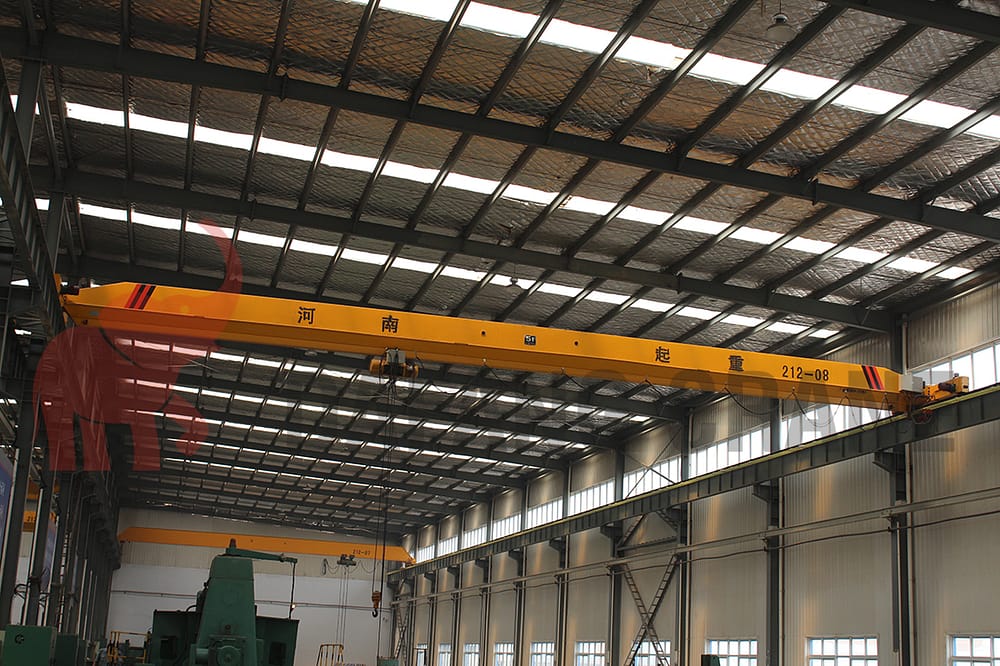
The Angle Of The Boom
The angle of the boom, or the arm that extends from the crane, can impact the wheel load as well. When the boom is straight up and down, the wheel load is evenly distributed between all of the wheels. However, as the angle of the boom increases, more of the weight is transferred to the wheels on one side of the crane, increasing the load on those wheels. Properly positioning the boom can help distribute the weight more evenly and reduce the overall wheel load.
Speed And Direction Of Movement
The speed and direction of movement of the crane can also affect the wheel load. When lifting or moving a load, sudden movements or changes in direction can put additional stress on the wheels and increase the wheel load. It is important to operate the crane smoothly and steadily, avoiding sudden movements or changes in direction whenever possible.
Maintaining Bridge Crane Equipment
Inspect the crane regularly: Regular inspections can help identify potential problems before they become serious issues. You should inspect the crane’s structure, electrical components, and mechanical systems at least once a year.
Lubricate moving parts: Bridge cranes have many moving parts that require lubrication to operate smoothly. Make sure to lubricate all the moving parts regularly to prevent wear and tear.
Train operators: Proper training of crane operators is crucial for the safe and efficient operation of the crane. Operators should be trained on how to operate the equipment properly and what to do in case of an emergency.
Update equipment as needed: Over time, your crane equipment may become outdated or require upgrades to improve performance. Keep up-to-date with the latest technology and consider upgrading your equipment if needed.
Keep the workspace clean: Ensure that the area surrounding the equipment is free from debris and clutter to prevent accidents.
Follow manufacturer recommendations: Always follow the manufacturer’s recommendations for the maintenance and operation of the equipment. This will help ensure its longevity and safety
Calculating the bridge crane wheel load is crucial for ensuring safe and efficient operations in industrial facilities. By considering all the factors that affect the wheel load and following the steps outlined above, you can accurately calculate the wheel load for any bridge crane.
Send Your Inquiry
- Email: sales@hndfcrane.com
- WhatsApp: +86-191 3738 6654
- Tel: +86-373-581 8299
- Fax: +86-373-215 7000
- Add: Changnao Industrial District, Xinxiang City, Henan Province, China
